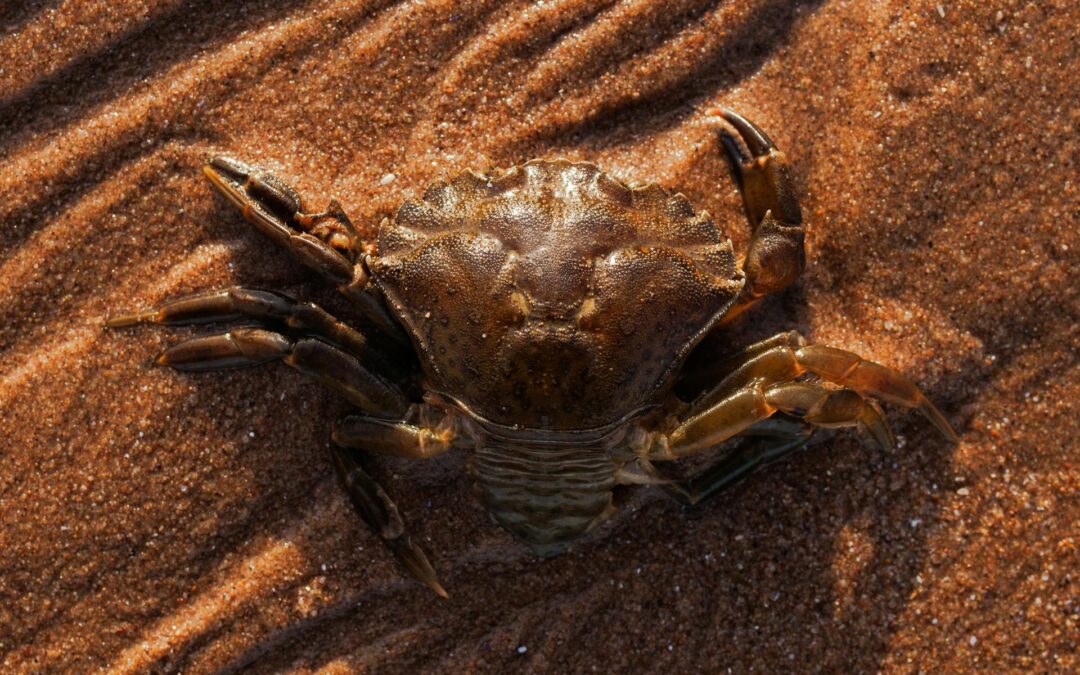Cooked shrimp, with its delicate flavor and versatility, is a staple in many kitchens. However, its delicate nature also means it requires careful handling and storage to prevent spoilage and foodborne illnesses. Knowing precisely how long cooked shrimp lasts in the fridge is crucial for ensuring food safety and maximizing its delicious potential. This comprehensive guide will delve into the intricacies of storing cooked shrimp, providing you with the knowledge to enjoy this seafood delight safely and confidently.
Factors Affecting Cooked Shrimp Shelf Life
Several factors influence how long your cooked shrimp will remain safe to eat. Understanding these variables is key to extending its lifespan and minimizing waste. These factors include the initial quality of the shrimp, the method of cooking, and the storage conditions. Proper handling immediately after cooking plays a significant role, as well as the temperature consistency of your refrigerator.
Initial Quality and Cooking Method
Starting with fresh, high-quality shrimp is paramount. Shrimp that was already nearing the end of its shelf life before cooking will spoil faster. Similarly, the cooking method matters. Overcooked shrimp tends to degrade more quickly than shrimp cooked to perfection. Aim for a gentle cooking process that maintains the shrimp’s texture and integrity.
Refrigerator Temperature and Storage Container
A consistently cold refrigerator is essential. Temperatures above 40°F (4°C) can accelerate bacterial growth, significantly reducing the shelf life of your shrimp. The storage container also plays a crucial role. An airtight container helps maintain freshness by preventing exposure to air and minimizing moisture loss. Avoid storing cooked shrimp in open containers, as this will lead to quicker spoilage.
How Long Cooked Shrimp Stays Fresh: The Timeline
While the general guideline suggests cooked shrimp lasts for 3-4 days in the refrigerator, this is a broad estimation. Optimal storage practices can extend this slightly, while improper handling can significantly shorten it. It’s always best to err on the side of caution and discard any shrimp exhibiting signs of spoilage.
The 3-4 Day Rule: A Safe Bet
The widely accepted timeframe of 3-4 days is a safe guideline. This assumes the shrimp was properly cooked, promptly cooled, and stored correctly in an airtight container in a refrigerator maintained at or below 40°F (4°C). This period allows for a comfortable margin of safety.
Extending Shelf Life with Proper Techniques
By meticulously following proper cooling and storage procedures, you might be able to extend the shelf life of your cooked shrimp by a day or so. Rapid cooling after cooking is crucial to minimize the window of opportunity for bacteria growth. Immerse the cooked shrimp in ice water to quickly lower its temperature before transferring it to the airtight container.
Recognizing Spoiled Cooked Shrimp: Key Indicators
Identifying spoiled shrimp is essential to preventing foodborne illnesses. Several visual, olfactory, and textural cues can help determine whether your cooked shrimp is still safe to consume. Never hesitate to discard any shrimp that exhibits even subtle signs of spoilage. Your health is paramount.
Visual Clues: Color and Texture Changes
Spoiled shrimp often exhibit a noticeable change in color. Instead of their characteristic pinkish-orange hue, they might appear grayish or brownish. The texture will also change, becoming slimy or mushy. A firm, springy texture is indicative of fresh shrimp, whereas a soft or sticky texture signifies spoilage.
Olfactory Clues: Unpleasant Odor
A foul odor is a definitive sign of spoiled shrimp. Fresh shrimp has a mild, slightly sweet aroma. If you detect any ammonia-like or fishy smell, it’s a clear indication that the shrimp has gone bad and should be discarded immediately.
Freezing Cooked Shrimp for Extended Storage
Freezing cooked shrimp is an excellent way to extend its shelf life considerably. Proper freezing techniques can preserve the shrimp’s quality and flavor for several months. Freezing is ideal if you have leftover cooked shrimp you won’t consume within the 3-4 day timeframe.
Proper Freezing Techniques for Optimal Quality
Before freezing, ensure the cooked shrimp is thoroughly cooled. Arrange the shrimp in a single layer on a baking sheet lined with parchment paper to prevent them from sticking together. Once frozen solid, transfer the shrimp to a freezer-safe bag, removing as much air as possible. Properly labeled and dated bags ensure efficient inventory management in your freezer.
How Long Cooked Shrimp Lasts in the Freezer
Cooked shrimp stored in a freezer at 0°F (-18°C) will maintain optimal quality for 2-3 months. While it might still be safe to consume beyond this period, the texture and flavor might start to deteriorate. Always consume frozen shrimp before its recommended expiration date for the best taste and texture.
Conclusion: Prioritizing Safety and Enjoyment
Knowing how long cooked shrimp lasts in the fridge is crucial for food safety and maximizing culinary enjoyment. By adhering to the guidelines outlined in this guide – focusing on proper handling, storage, and identifying signs of spoilage – you can confidently enjoy this versatile seafood delight. Remember, when in doubt, throw it out! Prioritizing food safety ensures a healthy and enjoyable dining experience.
This guide provides a comprehensive overview, but remember that individual circumstances and fridge conditions may slightly affect the shelf life. Always trust your senses and discard any shrimp that appears or smells questionable. Safe cooking and eating!

